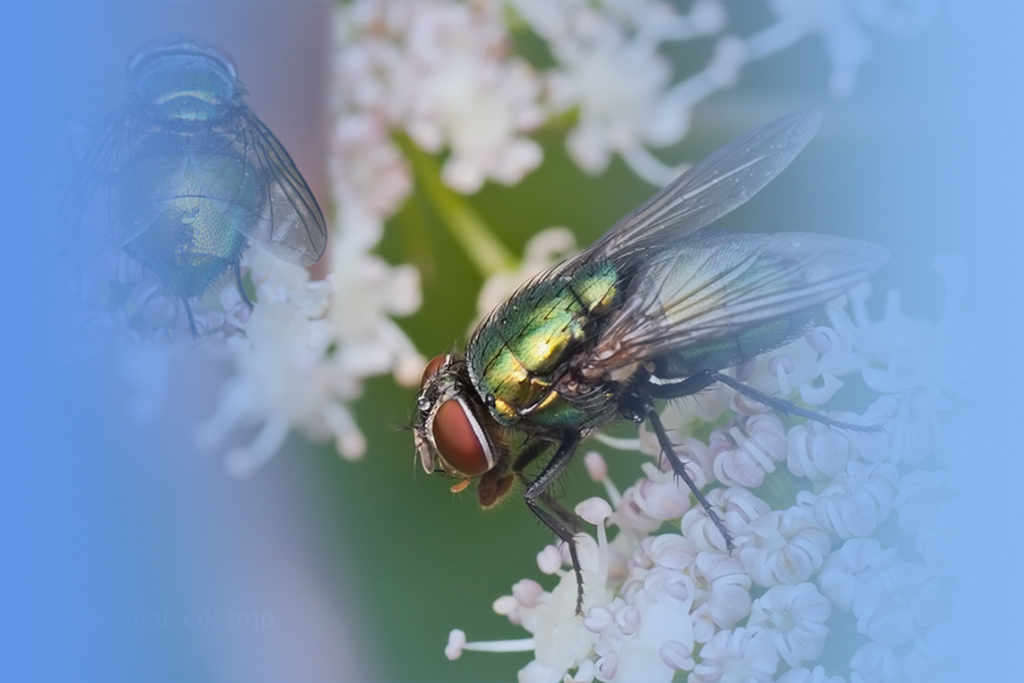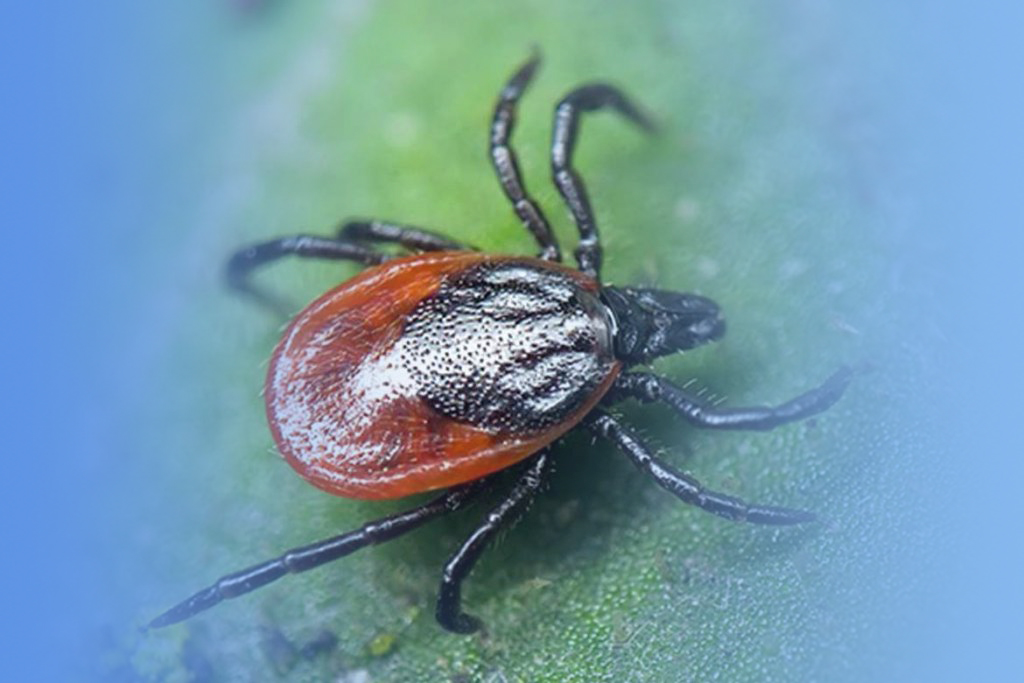LAN Xue-mei, ZHENG Yu-ting, DONG Chao-liang, LIU Yong-hua, YIN Xiao-xiong, YANG Ming-dong, JIANG Jin-yong
Objective To investigate the resistance of Aedes aegypti and Ae. albopictus to insecticides in Ruili city, Yunnan province, to provide the basis for integrated control of dengue vector. Methods Larvae of Ae. aegypti and Ae. albopictus were collected in Ruili city and Jiegao port and reared in laboratory to get F1 generation, to test their susceptibility to different kinds of insecticides by bioassays. The resistance level was decided by adjusted mortality. Results The 24 h mortality rate of adult Ae. aegypti in Ruili city to 0.25% permethrin, 0.03% λ-cyhalothrin, 8.00% α-cypermethrin, 0.80%malathion, 0.25% fenitrothion, 0.10% propoxur, and 4.00% DDT were 1.40% (resistant), 20.12% (resistant), 80.31% (suspicious resistant), 100% (susceptible),100% (susceptible), 100% (susceptible) and 14.93% (resistant)respectively. The 24 h mortality rate of adult Ae. aegypti in Jiegao port to above insecticides were 0.55% (resistant), 2.13% (resistant), 62.35% (resistant), 100% (susceptible), 100% (susceptible), 100% (susceptible) and 0 (resistant) respectively. In addition, the 24 h mortality of adult Ae. albopictus in Ruili city to 0.75% permethrin, 1.80% λ-cyhalothrin, 8.00% α-cypermethrin, 0.10% deltamethrin, 3.00% beta-cypermethrin, 0.44% malathion, 0.18% fenitrothion and 0.06% propoxur were 8.11% (resistant), 83.85% (suspicious resistant), 75.18% (resistant), 4.97% (resistant), 89.13% (suspicious resistant), 99.23% (susceptible), 100% (susceptible) and 100% (susceptible) respectively. Conclusion Aedes aegypti and Ae. albopictus in Ruili city have developed different levels resistance to pyrethroid insecticides, but present high susceptible to malathion, fenitrothion and propoxur.



